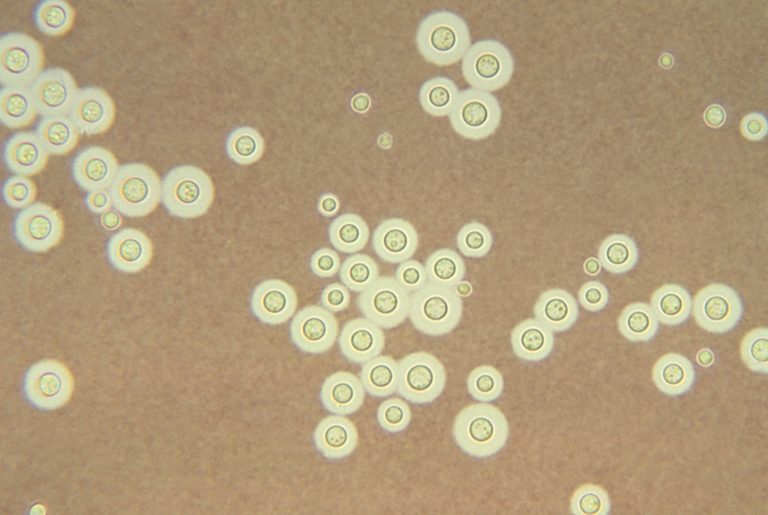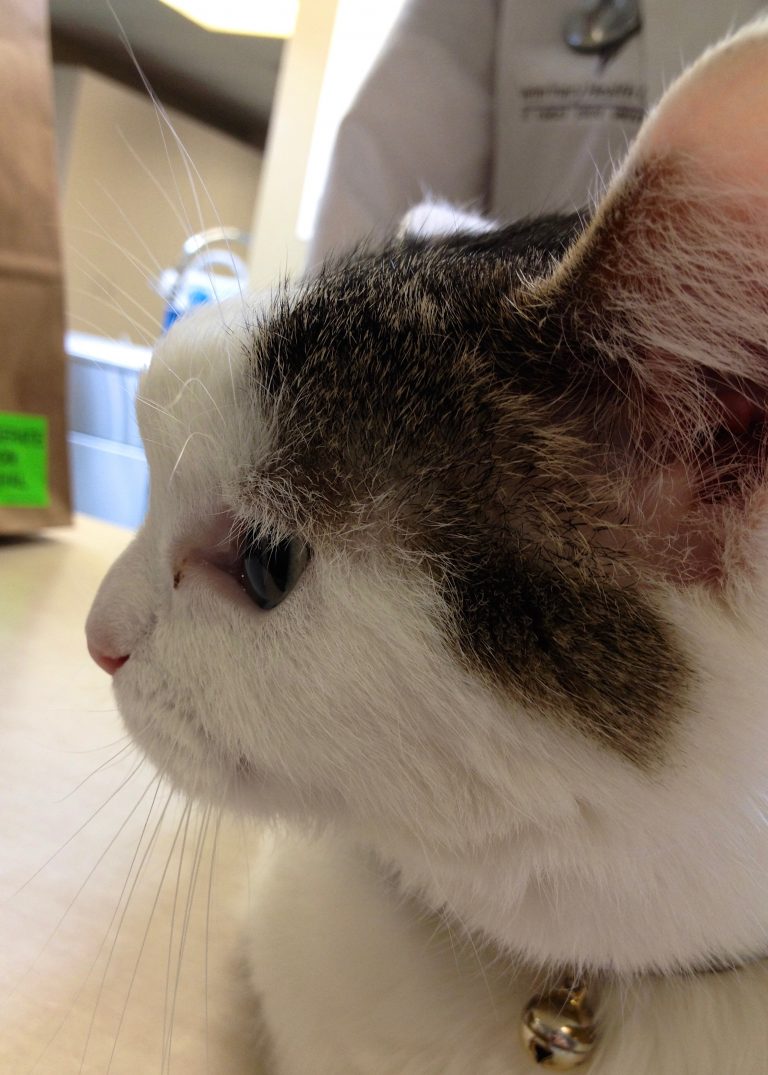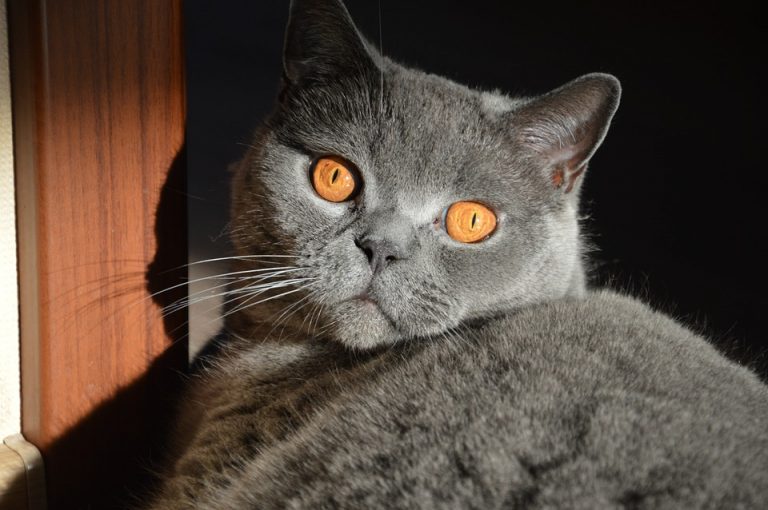I’ve been diagnosing and managing some interesting infectious diseases in my patients recently. These intriguing cases have kept bacteria, fungi, and infective organisms at the forefront of my mind. So much so that this week I’m sharing some tidbits about the most common systemic fungal infection in cats – cryptococcosis. I hope you find the information helpful and shareworthy. Happy reading!
Cryptococcosis – What is it?
Cryptococcus species are found worldwide. This fungus can survive in the environment for years. Two species – C. neoformans and C. gatii – are most commonly cause disease in cats. To date, we don’t know the exact mode of infection. Many believe cats initially inhale the organisms. This infection is not spread from animal to animal. Interestingly, pigeons appear to play a role in disseminating the fungal organism in the environment as infection is often associated with their feces.

Cryptococcosis – What does it look like?
In cats, the nose is the primary site of infection. As such, affected felines frequently sneeze and have nasal discharge. The discharge may be mucoid and have some blood in it. Cats may develop masses and/or ulcerated lesions in the mouth or on the bridge of the nose. Other clinical signs that may be seen are:
- Lethargy
- Reduced (or loss of) appetite
- Behavioral changes
- Ataxia (uncoordinated walking)
- Loss of vision
- Lameness

Cryptococcosis – How is it diagnosed?
After obtaining a thorough patient history and performing a complete physical examination, a veterinarian will perform some non-invasive blood and urine tests in cats suspected of living with cryptococcosis. These tests include a complete blood count, serum biochemical profile, urinalysis, and cryptococcus antigen (components of the fungus)
Additional testing may be indicated, including:
- Chest radiographs | x-rays
- Microscopic examination of nasal discharge
- Rhinoscopy – examination of the inside of the nose with a special fiber-optic camera during which samples can be obtained
- Bronchoscopy – like rhinoscopy but involves examination of the lower airways
- Advanced brain imaging (CT scan or MRI) to look for involvement of the brain
Cryptococcosis – How is it treated?
Early and aggressive treatment of cryptococcosis maximizes the likelihood of a positive outcome. Thankfully there are many antifungal drugs that are effective in fighting this infection. Some patients – like those with large accumulations of infected tissue in their nose – benefit from initial surgery to remove the mass of infection. Several factors appear to influence a patient’s response to antifungal therapy, including:
- Duration and extent of infection
- Presence of concurrent disease (i.e.: feline immunodeficiency virus | FIV)
- Type of cryptococcal strain
- Site of infection – for example, eye and central nervous system involvement carries a much more guarded prognosis
- Family’s ability to afford and consistently administer the antifungal medication
The time required to effectively treatment cryptococcosis is variable. Some can clear the infection in ~1 month, but typically the duration of therapy is 6-18 months. Partnering with a board-certified veterinary internal medicine specialist can be invaluable for developing a logical and effective therapeutic plan.
The take-away message about cryptococcosis in cats…
Cryptococcosis is a common fungal infection in cats. Clinical signs are typically referable to the nasal passages, but the brain and eyes can also be affected. Early diagnosis and treatment with appropriate antifungal agents are essential for ensuring a cat’s recovery.
To find a board-certified veterinary internal medicine specialist, please visit the American College of Veterinary Internal Medicine.
Wishing you wet-nosed kisses,
cgb






Just wanted to add that my cat was diagnosed with a cytology of his nasal discharge, so I always recommend looking at that if rhinitis is a sign.